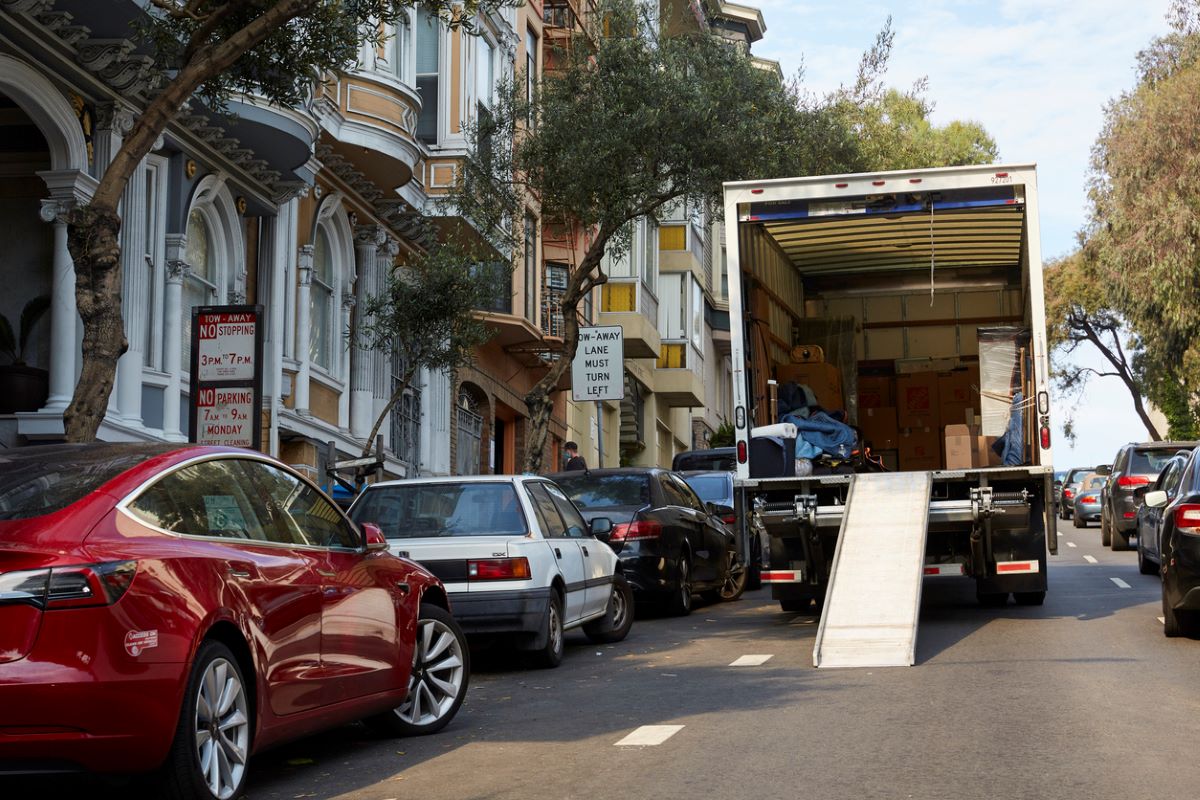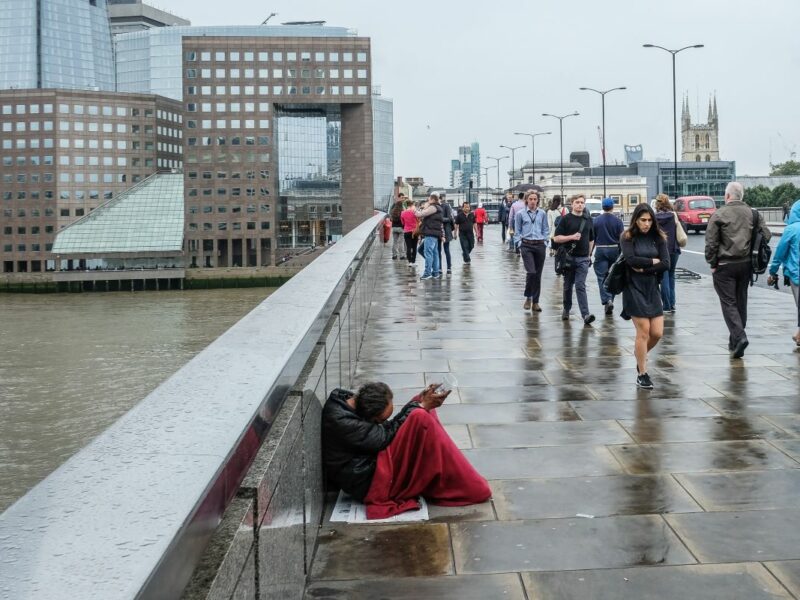If 2020 goes down in history as the “Year of the Pandemic,” then 2022 will likely be remembered as the “Year of Inflation Increases.”
On the national economic stage, we are all watching inflation play out – at the grocery stores and the gas pumps, on our mortgages and interest rates. We cannot escape the massive price hikes.
Instead, the American working class watches helplessly as our purchasing power plummets and our wages, when adjusted for this inflation, fall.
CNBC reports that as a direct result of the aforementioned scenario, the average U.S. worker’s wage has dropped about 3.6% this past year alone.
We all know that inflation impacts homelessness, raising the already-unaffordable cost of housing and sending it through the roof. But as this problem worsens, so do the unpleasant aftereffects.
Enter “inflation migration,” a byproduct of work-from-home employment opportunities and the ever-increasing cost of living. To put some perspective on this issue, if the housing market were a massive balloon, inflation migration would be the source of overbearing pressure that eventually makes it pop.
Understanding Inflation Migration: A Brief Overview of the Pressing Matter
Inflation migration is a relatively new phenomenon, spurred partly by the combination of newly discovered relocating opportunities and the overall increase in the cost of living. Put simply, as an aftereffect of the global pandemic COVID-19, many new purchasers and sellers entered the housing market, and mass migration became a nationwide trend.
Companies presented work-from-home opportunities to many people in the workforce who chose to leave their local cities, suburbs, and neighboring towns. They settled someplace more desirable and, preferably, less expensive. In a bitter twist, the places that became “migration hotspots” because so many people relocated there experienced a surge in inflation.
This means the price of living went up for locals and migrants alike.
Hot Spots: Top U.S. Destinations Where Inflation Migration Occurred
Redfin data shows that as work-from-home opportunities expand, the Sun Belt receives a great deal of traffic from newcomers. This region consists of just 15 states, all designed with similar infrastructure, making these places more reliant on motor vehicles. This is important to note because inflation heavily impacts gas prices, something these new homebuyers might not have considered.
Within the Sun Belt, the cities where the most inflation migration occurred are:
- Phoenix, AZ. – Phoenix takes the second-highest spot for relocation and the top spot for inflation increases. As more people continue to move here, local prices become less affordable. Additionally, Phoenix housing costs have skyrocketed in response, sending the region surging into a 12% growth in home prices. The Case-Schiller index for the area has almost tripled, boosting Phoenix to the top spot for home price increases on a national level.
- Atlanta, GA. -According to Atlanta Agent Magazine, the ATL was among the top cities for inbound national relocation. Incidentally, Atlanta now also boasts the country’s second-highest inflation rate.
- Tampa, FL.– Regarding national migration hotspots, the whole of Florida draws crowds of people. Many are ditching the bitter cold of New York and the unfathomably high rents of California in favor of the beach-inspired Sunshine State. However, Tampa, which also hosts extraordinarily high inflation rates, is the hottest spot on the map.
Cold Pockets: Places Where Inflation is Trending Downward
As the age-old expression tells us, what goes up must come down. This is true even for the gravity-defying price increases brought on by inflation.
Just as there are inflation migration hotspots, there are also cold pockets, where inflation is lower as a direct result of people moving out. In many cases, these are the regions locals are migrating away from. Most notedly, this list includes the major metropolitan players, San Francisco and New York City, the former of which boasts an inflation rate of just 5.2%, currently the lowest increase in the country.
The Mass Exodus Doesn’t Balance Things Out
At surface level, it might seem like these moves are just canceling each other out, effectively a game of checkers with chips shifting across the board. However, a closer look at the situation reveals a darker truth.
The mass exodus from expensive cities to sunny southern metropolises might mean inflation is down in places like San Francisco and NYC, but that doesn’t make these regions suddenly affordable again. Inflation is just one of many factors playing a part in the cost of living.
According to Investopedia, New York City is still the most expensive city you can settle into in the U.S.
The second spot in this category is San Francisco, with a median home price of just under $1.5 million. While increased inflation in the aforementioned cities might have served to make them even less affordable, the current mass exodus is just leaving this all behind in a desolate state of disrepair.
If We Don’t Start Building Affordable Housing, There Might Not be Any Affordable Places Left to Live
In a telling interview with CNBC, Redfin’s Deputy Chief Economist Taylor Marr stated:
“We need to build more homes in these hot migration areas to add housing supply to also ease the burden of renters.”
Failure to do so could reduce any benefit of relocation. In other words, if we stay on par with the current trend, there might not be any affordable places left to live in the future.
Talk to Your Representatives About Making Affordable Housing a Top Priority
The pandemic certainly influenced this new trend of inflation migration. It also opened our eyes, allowing us to see the homeless crisis that has been swept out of public view.
Now that we recognize how these two trends can potentially exacerbate homelessness, it’s time to speak up on the subject. Urge your legislators to provide rental protections and prioritize affordable housing construction.













